Home>Storage Ideas>Kitchen Storage>Can A Kitchen Island Have A Different Countertop?
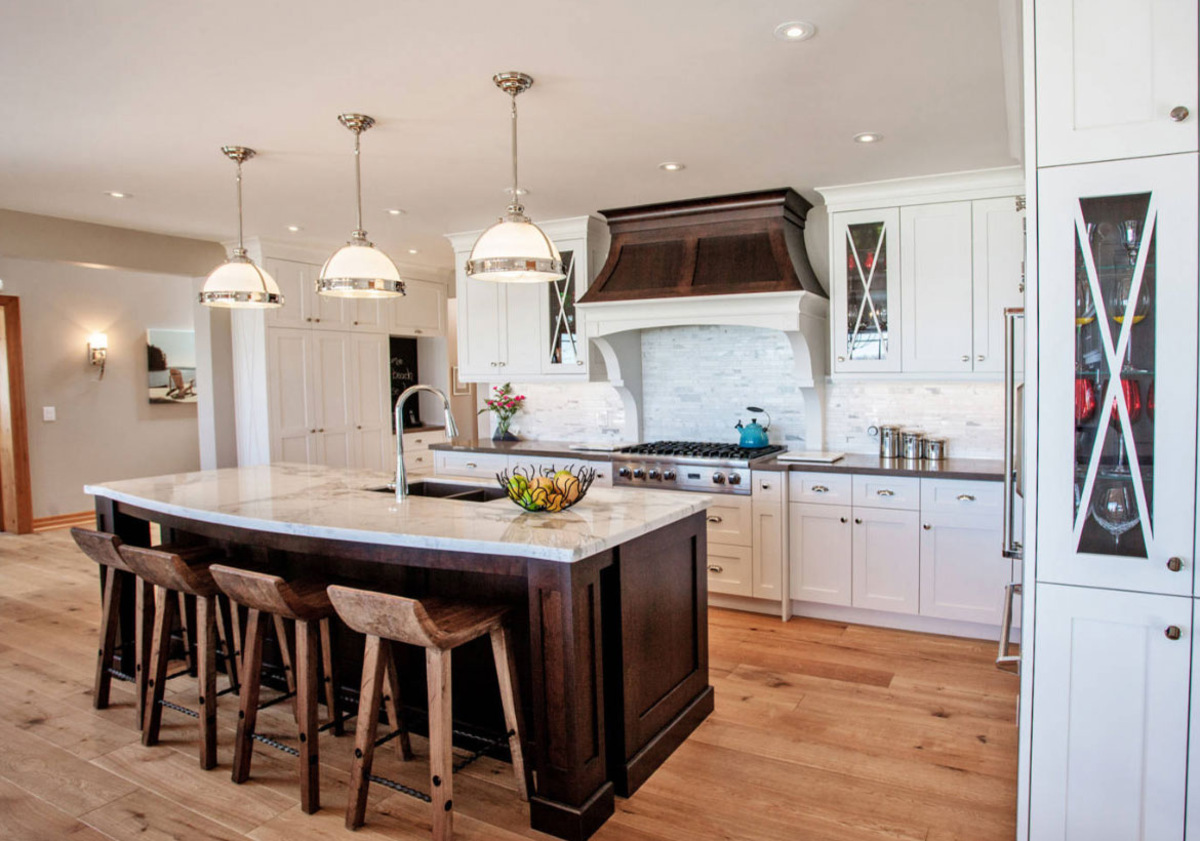

Kitchen Storage
Can A Kitchen Island Have A Different Countertop?
Modified: October 18, 2024
Discover creative kitchen storage ideas and learn if it's possible to have a different countertop for your kitchen island. Maximize functionality without compromising style.
(Many of the links in this article redirect to a specific reviewed product. Your purchase of these products through affiliate links helps to generate commission for Storables.com, at no extra cost. Learn more)
Introduction
Welcome to the world of kitchen storage ideas, where functionality meets style. One of the key elements in a well-designed kitchen is the island, serving as a versatile space for cooking, dining, and socializing. When it comes to choosing the perfect countertop for your kitchen island, the options are endless. But have you ever considered going against the grain and opting for a different countertop for your island?
Having a different countertop on your kitchen island can add a unique touch to your kitchen and elevate its aesthetic appeal. Whether you’re looking to make a bold statement or create a cohesive design scheme, a different countertop on your kitchen island can be a game-changer. In this article, we will delve into the reasons for choosing a different countertop, factors to consider when selecting one, popular countertop options, pros and cons, the installation process, and tips for maintenance.
Key Takeaways:
- Elevate your kitchen’s aesthetic appeal by choosing a different countertop for your island, creating visual contrast, personalization, and enhanced functionality.
- Carefully consider factors such as kitchen style, functionality, budget, and personal preference when selecting a different countertop, ensuring a well-informed decision that suits your needs and desires.
Reasons for choosing a different countertop for your kitchen island
The kitchen island serves as the centerpiece of your culinary space, making it an ideal focal point to showcase your personal style. Opting for a different countertop can provide several benefits:
- Visual Contrast: A different countertop on your island can create a striking visual contrast against the rest of your kitchen surfaces, adding depth and dimension to the overall design.
- Personalization: It allows you to express your unique personality and style by selecting a countertop material that speaks to your taste and complements the overall kitchen decor.
- Functionality: Different countertops offer various characteristics and properties, such as heat resistance, stain resistance, or durability, which can enhance the functionality and usability of your kitchen island.
- Design Cohesion: A different countertop can help tie together different design elements in your kitchen, creating a cohesive and visually appealing space.
Factors to consider when selecting a different countertop for your kitchen island
Before making a decision about the countertop material for your kitchen island, there are several factors you should take into consideration:
- Kitchen Style: Consider the overall style of your kitchen and how the different countertop material will complement the existing decor. Choose a material that harmonizes with the color palette, cabinet finish, and flooring.
- Functionality: Think about how you will be using your kitchen island. If you primarily use it for food preparation, you may want to opt for a heat-resistant or scratch-resistant material. If you frequently entertain, a countertop that is easy to clean and maintain might be a priority.
- Budget: Determine your budget for the countertop and explore options that fall within your price range. Keep in mind that some materials may require additional maintenance or have higher installation costs.
- Longevity: Consider the durability and lifespan of the countertop material you choose. Some materials, such as granite or quartz, are known for their longevity, while others may require more care and maintenance.
- Personal Preference: Ultimately, choose a countertop material that you love and aligns with your personal preferences. It’s your kitchen, and you should enjoy the countertop you choose on your island.
Now that we have explored the reasons for choosing a different countertop and the factors to consider, let’s delve into the popular countertop options for kitchen islands in the next section.
Key Takeaways:
- Elevate your kitchen’s aesthetic appeal by choosing a different countertop for your island, creating visual contrast, personalization, and enhanced functionality.
- Carefully consider factors such as kitchen style, functionality, budget, and personal preference when selecting a different countertop, ensuring a well-informed decision that suits your needs and desires.
Reasons for choosing a different countertop for your kitchen island
The kitchen island serves as the centerpiece of your culinary space, making it an ideal focal point to showcase your personal style. Opting for a different countertop can provide several benefits:
- Visual Contrast: A different countertop on your island can create a striking visual contrast against the rest of your kitchen surfaces, adding depth and dimension to the overall design. If you have a predominantly light-colored kitchen, choosing a darker countertop for your island can make it stand out and become a captivating centerpiece.
- Personalization: It allows you to express your unique personality and style by selecting a countertop material that speaks to your taste and complements the overall kitchen decor. Whether you prefer the timeless elegance of marble, the industrial charm of concrete, or the sleek sophistication of quartz, choosing a countertop that reflects your individuality can make your kitchen island truly one-of-a-kind.
- Functionality: Different countertops offer various characteristics and properties, such as heat resistance, stain resistance, or durability, which can enhance the functionality and usability of your kitchen island. For example, if you frequently use your island for cooking and baking, choosing a heat-resistant countertop material like granite or quartz can provide you with a worry-free surface for hot pots and pans.
- Design Cohesion: A different countertop can help tie together different design elements in your kitchen, creating a cohesive and visually appealing space. For instance, if you have distinct themes or color palettes in different areas of your kitchen, selecting a countertop that bridges the gap between them can create a harmonious flow and make your kitchen feel well-designed and balanced.
Additionally, choosing a different countertop for your kitchen island allows you to explore unique textures, patterns, and finishes that may not be present in the rest of your kitchen. It can serve as a focal point or conversation starter, showcasing your creativity and attention to detail.
Keep in mind that while a different countertop on your kitchen island can enhance the overall aesthetic appeal, it’s essential to consider how it will blend with the rest of your kitchen. Striking a balance between visual interest and cohesion is key to creating a visually stunning and harmonious space.
Now that you’re familiar with the reasons for choosing a different countertop for your kitchen island, let’s move on to the factors you should consider when selecting one in the next section.
Factors to consider when selecting a different countertop for your kitchen island
Before making a decision about the countertop material for your kitchen island, there are several factors you should take into consideration:
- Kitchen Style: Consider the overall style of your kitchen and how the different countertop material will complement the existing decor. Choose a material that harmonizes with the color palette, cabinet finish, and flooring. For example, if you have a modern kitchen with sleek cabinetry and stainless steel appliances, a quartz or concrete countertop can enhance the contemporary aesthetic.
- Functionality: Think about how you will be using your kitchen island. If you primarily use it for food preparation, you may want to opt for a heat-resistant or scratch-resistant material. If you frequently entertain, a countertop that is easy to clean and maintain might be a priority. Consider your cooking habits, lifestyle, and the demands you will place on the countertop to ensure you choose a material that meets your specific needs.
- Budget: Determine your budget for the countertop and explore options that fall within your price range. Keep in mind that some materials may require additional maintenance or have higher installation costs. Consider the long-term value and durability of the material to make an informed decision. While high-end materials like marble or granite may be more costly upfront, they can add significant value to your kitchen and withstand the test of time.
- Longevity: Consider the durability and lifespan of the countertop material you choose. Some materials, such as granite or quartz, are known for their longevity, while others may require more care and maintenance. If you have a busy household or love to cook, opt for a material that can withstand daily wear and tear. Evaluate the material’s resistance to heat, stains, scratches, and impacts to ensure it will hold up well in your kitchen environment.
- Personal Preference: Ultimately, choose a countertop material that you love and aligns with your personal preferences. It’s your kitchen, and you should enjoy the countertop you choose on your island. Consider factors such as color, pattern, texture, and finish to find a material that resonates with your taste and enhances your overall kitchen design.
It’s also helpful to consult with a kitchen design professional or countertop specialist who can provide guidance based on your specific needs and requirements. They can offer insights into the pros and cons of different materials, recommend options within your budget, and help you make an informed decision.
With these factors in mind, you can confidently select a different countertop for your kitchen island that not only enhances the visual appeal but also meets your functional needs. In the next section, we will explore some popular countertop options for kitchen islands.
Yes, a kitchen island can have a different countertop than the rest of the kitchen. This can create visual interest and define the island as a separate focal point in the space.
Popular countertop options for kitchen islands
When it comes to selecting a different countertop for your kitchen island, there is a wide range of materials to choose from. Each material offers its own unique characteristics and aesthetic appeal. Here are some popular countertop options for kitchen islands:
- Granite: Known for its durability and natural beauty, granite countertops are a popular choice for kitchen islands. With a wide range of colors and patterns, granite adds a touch of elegance and sophistication to any kitchen. It is resistant to heat, scratches, and stains, making it an excellent choice for high-traffic areas.
- Quartz: Quartz countertops are engineered stone surfaces that combine the beauty of natural stone with the durability of engineered materials. Available in a wide range of colors and patterns, quartz offers a consistent and non-porous surface, making it resistant to stains, scratches, and heat. It requires minimal maintenance and is a popular choice for homeowners seeking a durable and low-maintenance countertop option.
- Marble: Marble countertops exude timeless elegance and luxury. The unique veining patterns and silky smooth texture make it a coveted choice for high-end kitchens. However, marble is a softer material and prone to scratching and staining, so it may require more maintenance and care. If you’re willing to put in the effort to maintain its beauty, marble can create a stunning focal point for your kitchen island.
- Concrete: Concrete countertops offer a modern and industrial-chic look, making them a popular choice for contemporary kitchens. They can be customized with different colors, textures, and finishes to suit your design preferences. Concrete countertops are highly durable and resistant to heat and scratches. However, they may require periodic sealing to maintain their appearance and protect against stains.
- Butcher Block: Butcher block countertops are made from thick strips of wood laminated together. They add warmth and a natural touch to the kitchen while providing a functional and durable work surface. Butcher block countertops require regular oiling and sealing to prevent water damage and maintain their appearance. They are ideal for homeowners who appreciate the natural beauty of wood and enjoy a more rustic or farmhouse-style kitchen.
Other popular countertop options for kitchen islands include stainless steel, laminate, soapstone, and solid surface materials. Each material has its own unique characteristics, so it’s important to consider factors like durability, maintenance, and visual appeal before making your decision.
Now that you’re familiar with some popular countertop options, let’s explore the pros and cons of having a different countertop for your kitchen island in the next section.
Pros and cons of having a different countertop for your kitchen island
Having a different countertop for your kitchen island offers both advantages and potential drawbacks. Let’s explore the pros and cons to help you make an informed decision:
Pros:
- Visual Interest: Opting for a different countertop on your kitchen island adds visual interest and can serve as a focal point in your kitchen. It allows you to showcase your personal style and create a unique design statement.
- Design Flexibility: A different countertop material offers design flexibility, allowing you to experiment with different textures, colors, and patterns. It provides an opportunity to create contrast or complement the existing kitchen decor.
- Functional Considerations: Choosing a specific countertop material for your kitchen island can cater to your specific functional needs. For example, if you frequently use your island for food preparation, you can select a heat-resistant or scratch-resistant material for added durability.
- Highlighting Island Features: Different countertop materials can enhance the distinct features of your kitchen island, such as a built-in sink or cooktop. Choosing a contrasting material can draw attention to these elements and make them stand out.
Cons:
- Cost: Having a different countertop for your kitchen island may increase the overall cost of your kitchen renovation or remodel. High-end materials, intricate designs, or custom options can be more expensive, so it’s essential to consider your budget carefully.
- Visual Cohesion: While a different countertop can add visual interest, it’s crucial to ensure that it still complements the overall design of your kitchen. Striking a balance between cohesion and uniqueness is key to creating a visually appealing and well-designed space.
- Maintenance: Different countertop materials may require specific maintenance procedures. It’s important to consider the care and upkeep required for each material to ensure they remain in optimal condition. For instance, some materials may require regular sealing, while others may be prone to staining if not properly maintained.
- Resale Value: Having a different countertop on your kitchen island may impact the resale value of your home. Potential buyers may have specific preferences or expectations regarding the countertop materials in the kitchen, so it’s important to consider the long-term implications if you plan to sell your home in the future.
It’s important to weigh these pros and cons and consider your personal preferences, budget, and lifestyle when deciding whether to have a different countertop for your kitchen island.
In the next section, we will explore the installation process for a different countertop on your kitchen island.
Installation process for a different countertop on your kitchen island
The installation process for a different countertop on your kitchen island involves several steps to ensure a smooth and successful outcome. Here is a general overview of the installation process:
- Measurements and Template Creation: The first step is to accurately measure the dimensions of your kitchen island and create a template for the countertop. This template will serve as a guide for cutting and shaping the countertop material to fit your island.
- Material Selection and Fabrication: Once you have chosen the countertop material, it will be time to order the slab and have it fabricated to the desired specifications. This may involve cutting the slab into the appropriate sizes, smoothing the edges, and adding cutouts for sinks, cooktops, or other fixtures.
- Preparation of the Island: Before installing the new countertop, the existing countertop on your island will need to be removed. This may require disconnecting plumbing or electrical connections if applicable. The island surface will be prepared by ensuring it is clean, level, and structurally sound.
- Placement and Adhesive Application: The countertop will be carefully placed on the island, aligning it with the template and ensuring it fits perfectly. Adhesive will be applied to bond the countertop to the island surface securely. Any necessary adjustments or trimming will be made to achieve a precise fit.
- Sealing and Finishing: Once the countertop is in place, the seams will be sealed to create a seamless appearance. The countertop will be polished and finished to enhance its visual appeal and protect it from stains or damage.
- Plumbing and Electrical Connections: If your new countertop includes fixtures such as sinks or cooktops, plumbing and electrical connections will need to be reestablished. This may involve working with a professional plumber or electrician to ensure proper installation and compliance with local codes and regulations.
- Final Touches: The installation process concludes with the final touches, such as cleaning and inspecting the countertop, ensuring there are no visible defects or imperfections. The surrounding area will be cleaned, and any debris from the installation process will be removed.
It is important to note that the installation process may vary depending on the specific countertop material, the complexity of the design, and the expertise of the professionals handling the installation. Consulting with a trusted countertop specialist or contractor will provide valuable guidance and ensure a successful installation.
Once your new countertop is installed on your kitchen island, it’s time to take care of it properly to maintain its beauty and functionality, as we will explore in the next section.
Tips for maintaining and caring for a kitchen island with a different countertop
Proper maintenance and care are essential to keep your kitchen island with a different countertop in pristine condition. Here are some valuable tips to help maintain and care for your countertop:
- Follow Manufacturer’s Guidelines: Different countertop materials have specific care and maintenance requirements. Follow the manufacturer’s guidelines for cleaning, sealing, and general care. This will ensure you are using the appropriate cleaning products and techniques for your specific countertop material.
- Regular Cleaning: Clean your countertop regularly with a mild, non-abrasive cleaner and a soft cloth or sponge. Avoid using harsh chemicals or abrasive cleaners that can dull or damage the surface. Wipe up spills promptly to prevent staining, especially on more porous materials like marble or butcher block.
- Use Cutting Boards and Trivets: Protect your countertop from scratches and heat damage by using cutting boards for food preparation and trivets or hot pads to place hot pots and pans. Avoid directly cutting or placing hot objects directly on the countertop surface.
- Avoid Harsh Chemicals or Abrasive Tools: Harsh chemicals, abrasive cleaners, and tools like steel wool can damage the finish of your countertop. Stick to gentle cleaning products and use non-abrasive tools when cleaning or removing stains.
- Sealing and Re-sealing: Some countertop materials, such as granite or marble, require periodic sealing to protect against stains. Follow the recommended sealing schedule for your specific material, and re-seal as necessary to maintain its protective barrier.
- Preventive Measures: To minimize the risk of damage, use coasters or placemats under glasses and dishes to prevent scratches or watermarks. Be cautious with acidic substances like citrus juices or vinegar, as they can etch certain countertop materials. Wipe up spills immediately to prevent potential staining or damage.
- Regular Maintenance Checks: Periodically inspect your countertop for any signs of damage, such as cracks, chips, or loose seams. If you notice any issues, address them promptly to prevent further damage and maintain the integrity of the countertop.
- Professional Maintenance: Depending on the material and level of maintenance required, consider hiring professionals for periodic deep cleaning and maintenance. They have the expertise and specialized products to keep your countertop in optimal condition.
Remember, each countertop material has its own specific care instructions, so it’s important to consult the manufacturer’s guidelines and seek professional advice if needed.
By following these tips and dedicating a little time and effort to maintain your kitchen island countertop, you can ensure its longevity and enjoy its beauty for years to come.
As we conclude, it’s clear that having a different countertop for your kitchen island can elevate the overall design and functionality of your kitchen space. Whether you choose granite, quartz, marble, concrete, or another material, make a decision that aligns with your style, budget, and maintenance preferences.
Conclusion
Choosing a different countertop for your kitchen island can be a game-changing decision that adds a unique touch to your kitchen’s overall design. It allows you to express your style, create visual interest, and enhance the functionality of your space. By carefully considering the reasons for opting for a different countertop, considering important factors such as kitchen style, functionality, budget, and personal preference, you can make an informed decision that best suits your needs and desires.
With a wide range of popular countertop options available, such as granite, quartz, marble, concrete, and butcher block, you have the opportunity to select a material that not only fits your design aesthetic but also meets your specific requirements for durability, maintenance, and performance.
Once you have chosen the perfect countertop for your kitchen island, it’s important to properly maintain and care for it to ensure its longevity. Following manufacturer’s guidelines, regular cleaning, using cutting boards and trivets, and avoiding harsh chemicals or abrasive tools are essential for keeping your countertop in optimal condition.
Overall, a different countertop on your kitchen island can transform your culinary space and make a bold design statement. It offers a unique opportunity to showcase your style, create visual contrast, and elevate both the beauty and functionality of your kitchen.
So, whether you decide to go with a sleek quartz countertop to complement your modern kitchen or a timeless marble countertop for a touch of elegance, remember to weigh the pros and cons, consider your personal preferences, and consult with professionals when needed. With the right countertop choice and proper care, your kitchen island will become the focal point of your kitchen, providing both practicality and aesthetic delight for years to come.
Curious about more ways to style your home? If you loved learning about diverse countertops for your kitchen island, you'll definitely want to check out our guide on island countertop ideas. Ready for a bigger home makeover? Don't miss our insights on home renovation, focusing on hardwood floors that truly transform spaces. Additionally, our detailed comparison of countertop materials will help you decide the best surface for your bathroom. Dive into these articles to ensure your home isn't just stylish but also a reflection of your unique taste!
Frequently Asked Questions about Can A Kitchen Island Have A Different Countertop?
Was this page helpful?
At Storables.com, we guarantee accurate and reliable information. Our content, validated by Expert Board Contributors, is crafted following stringent Editorial Policies. We're committed to providing you with well-researched, expert-backed insights for all your informational needs.
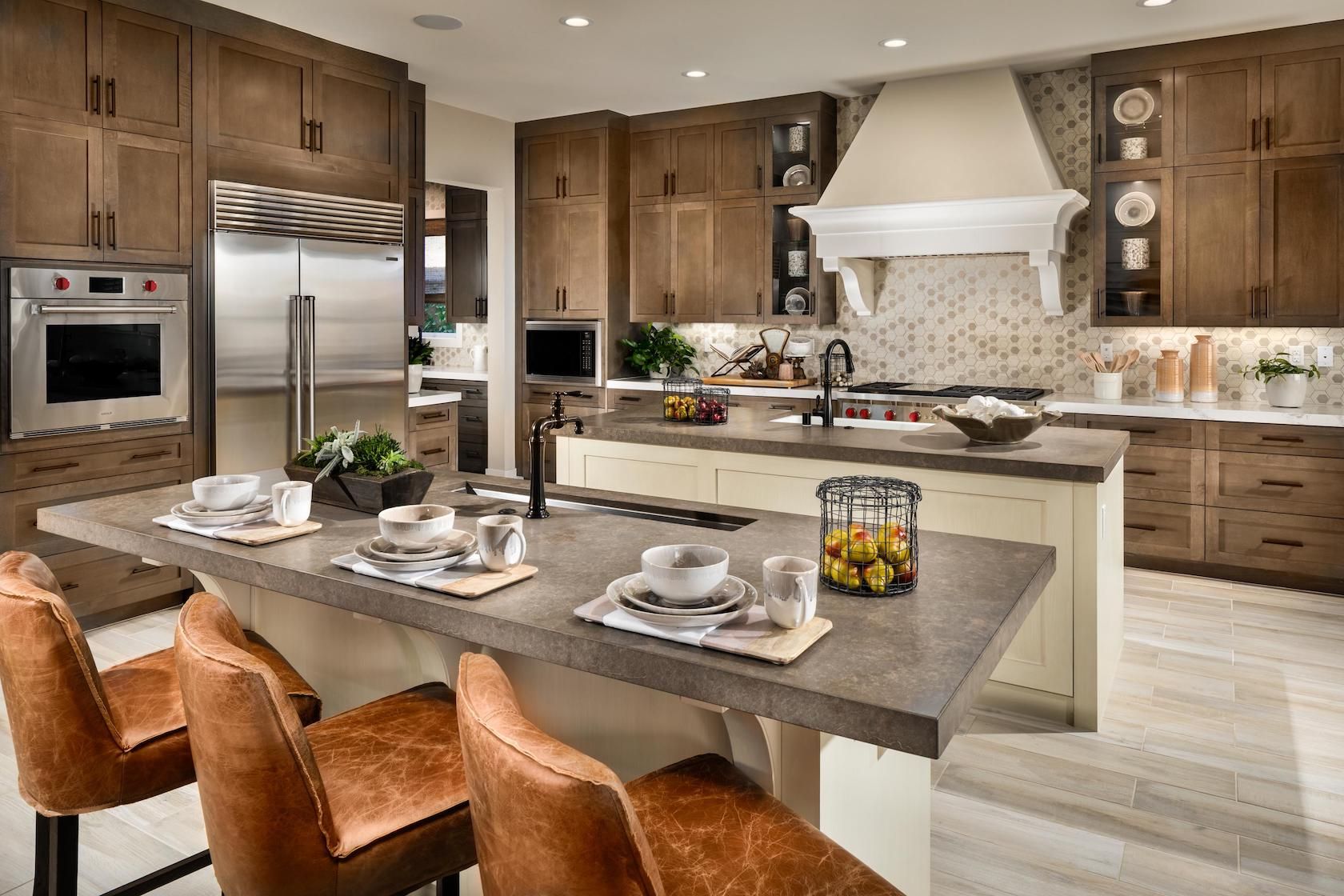
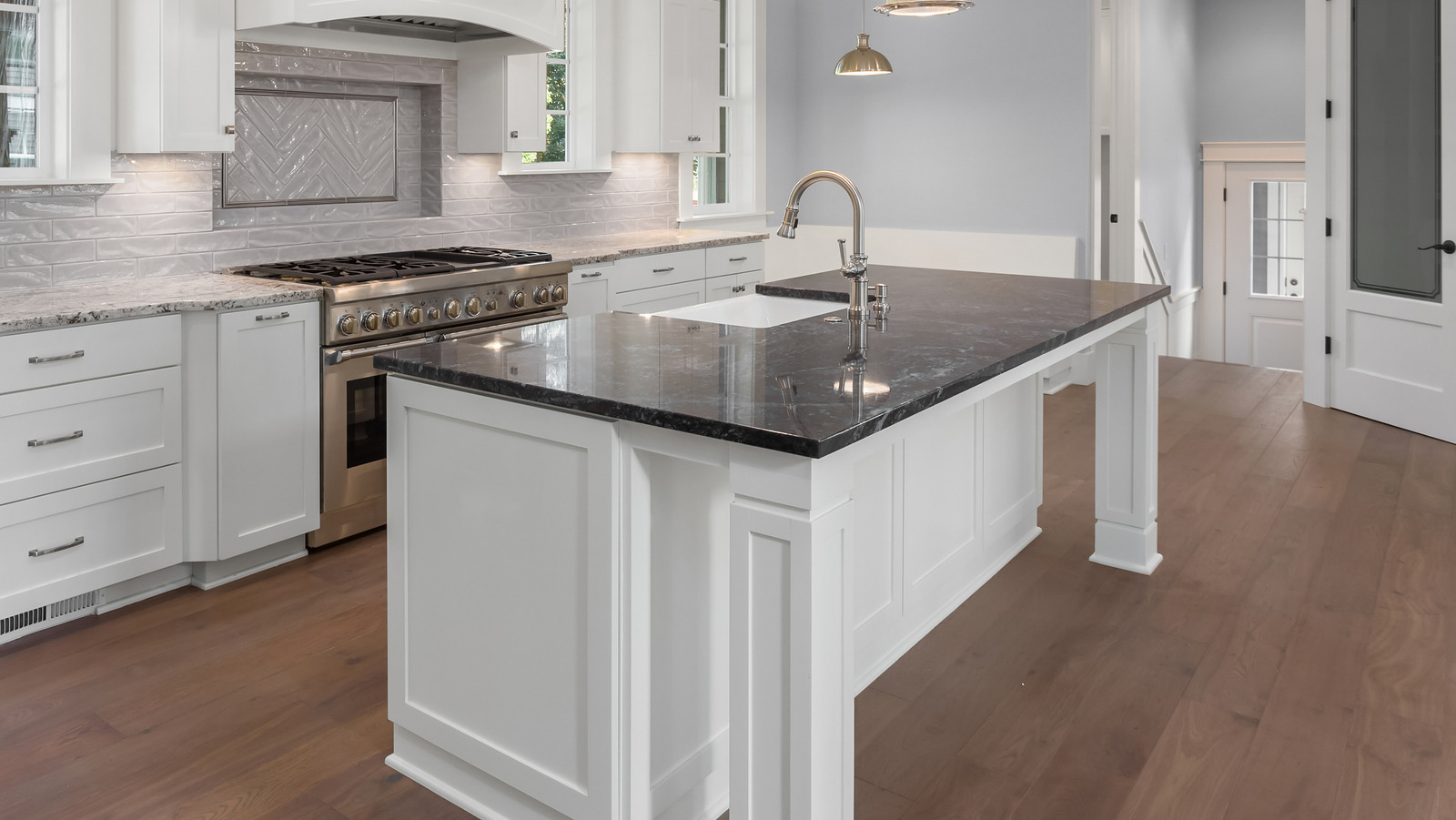
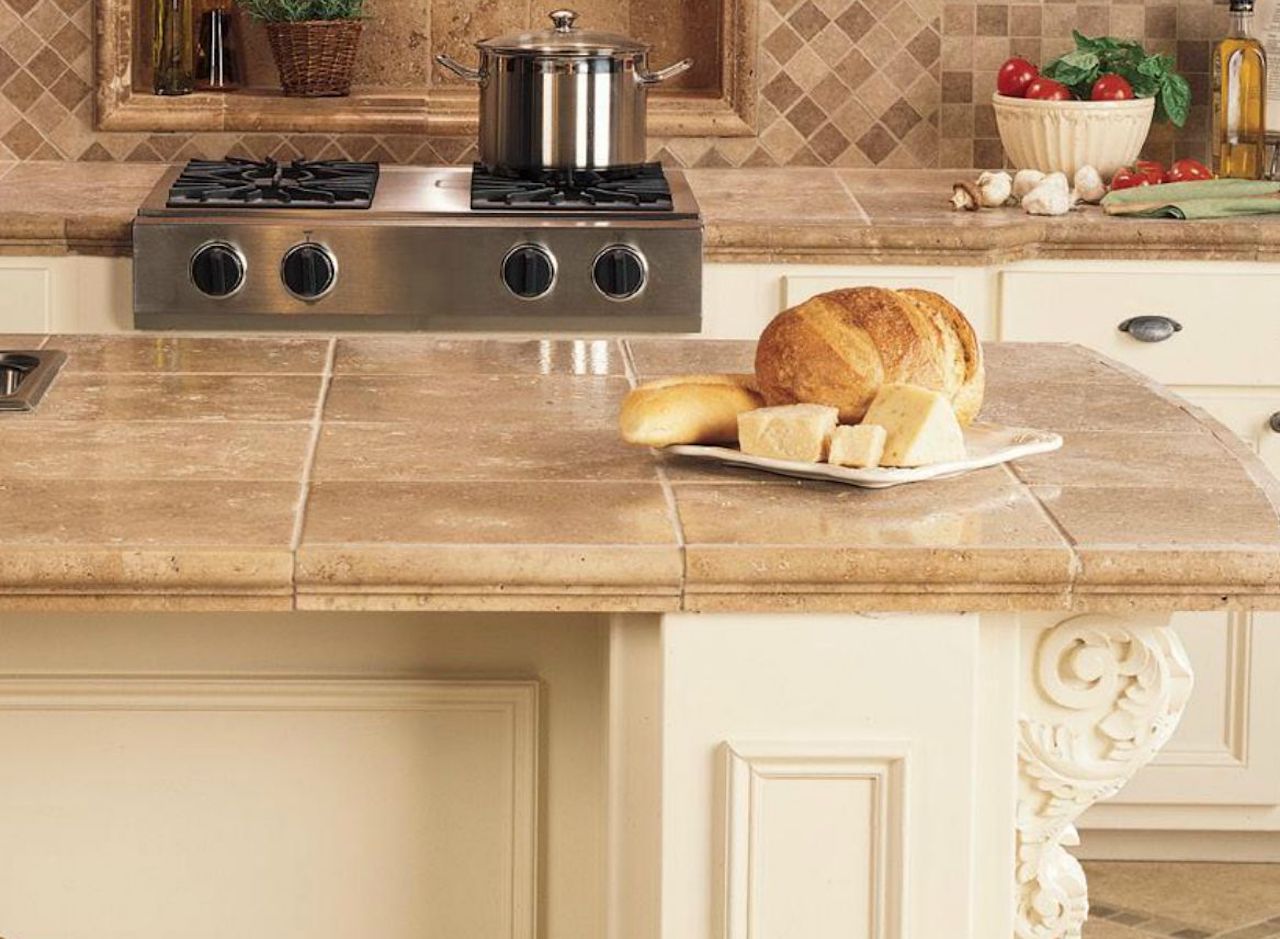
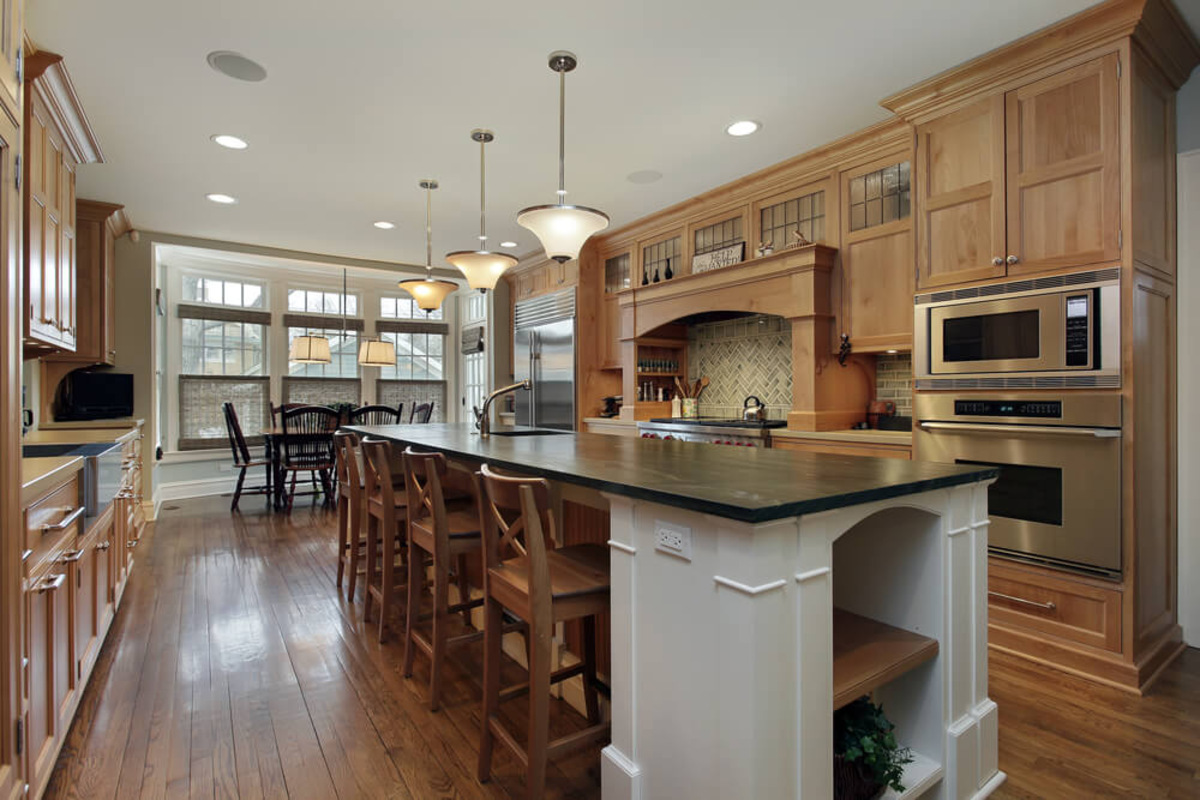
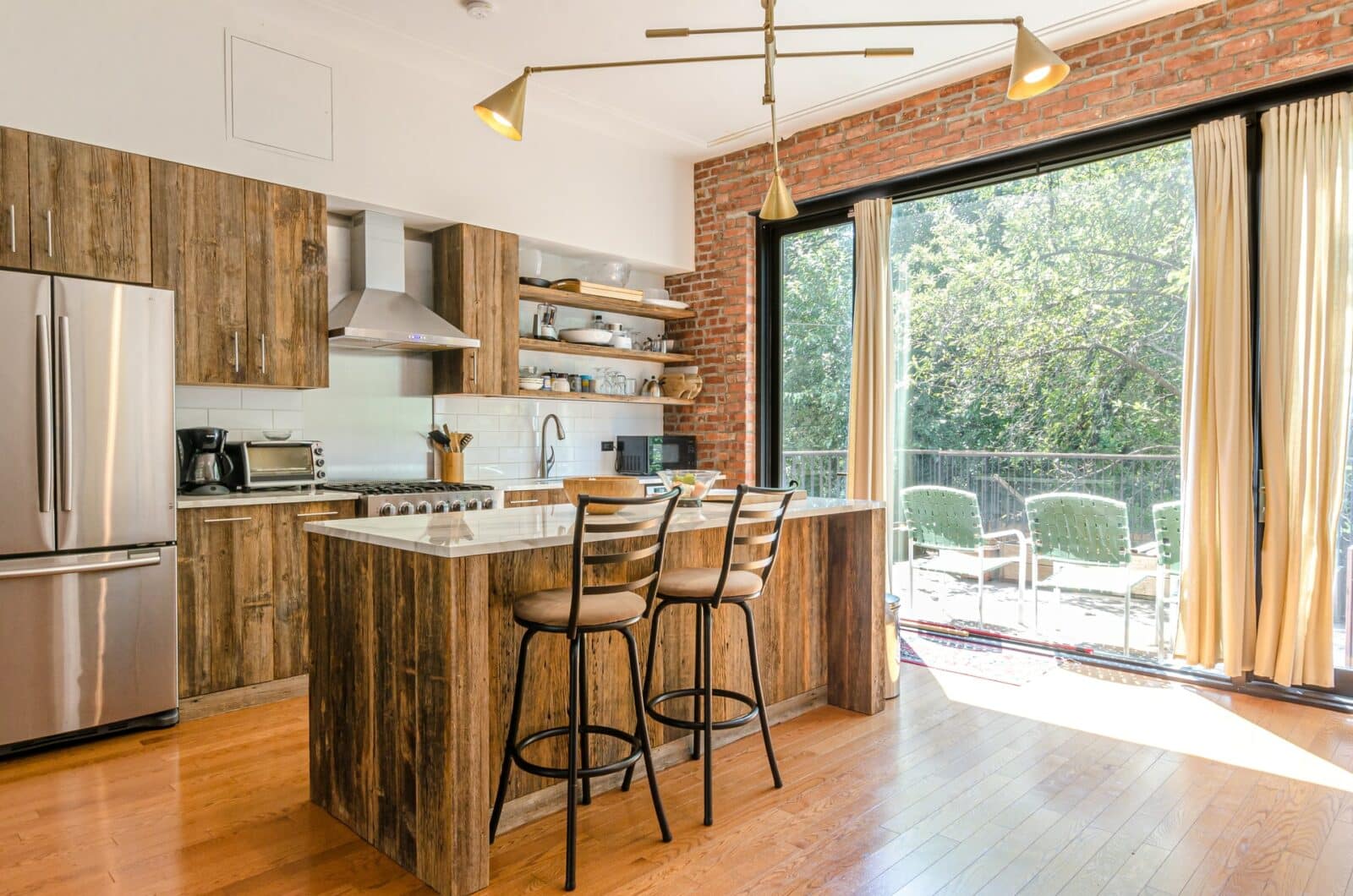
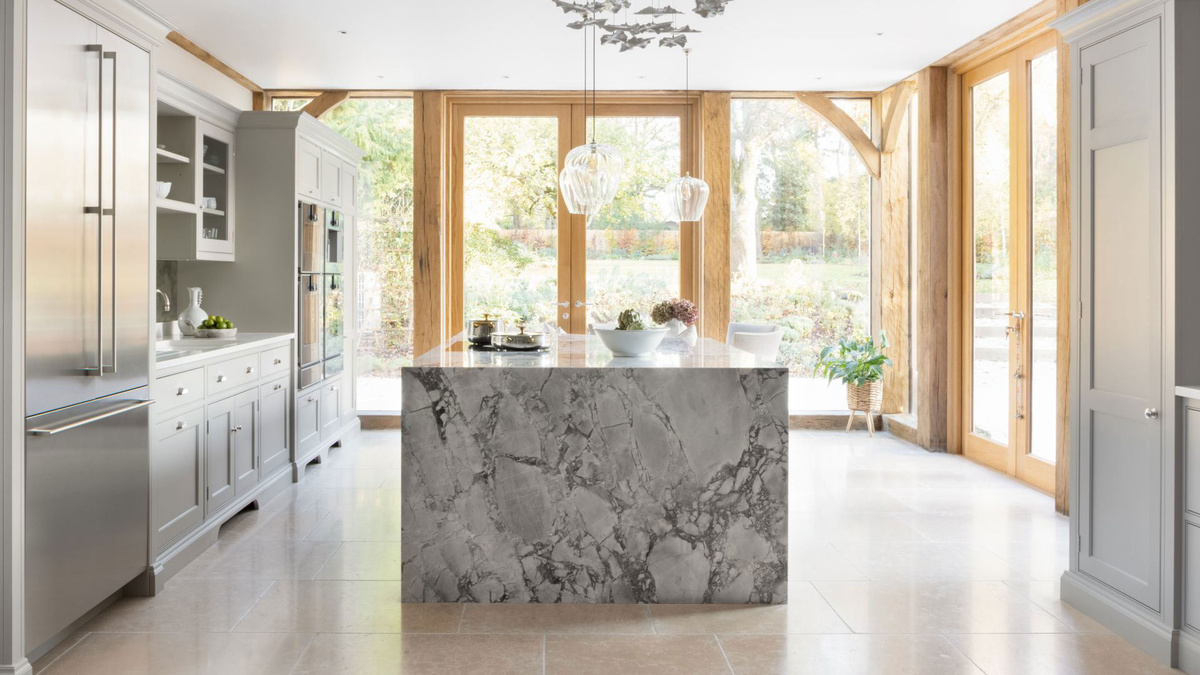
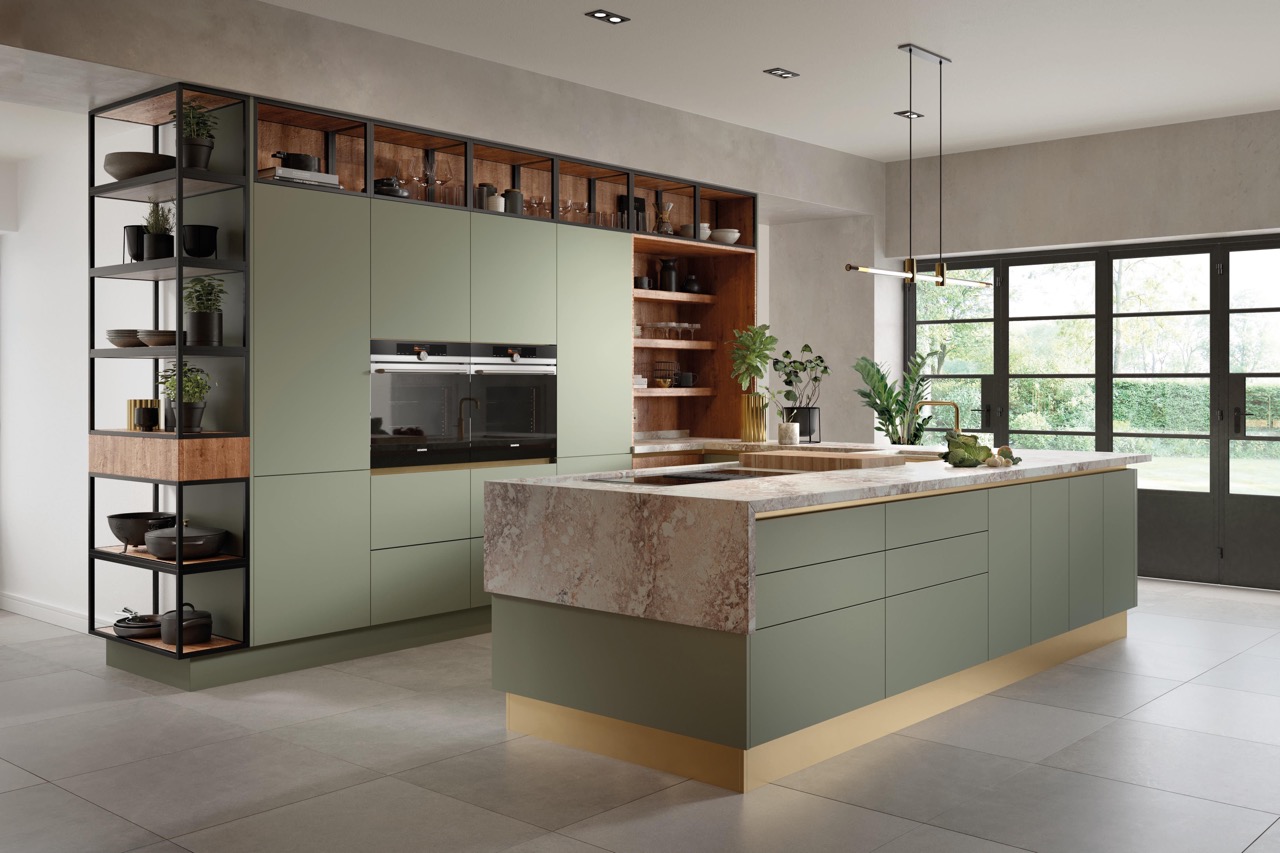
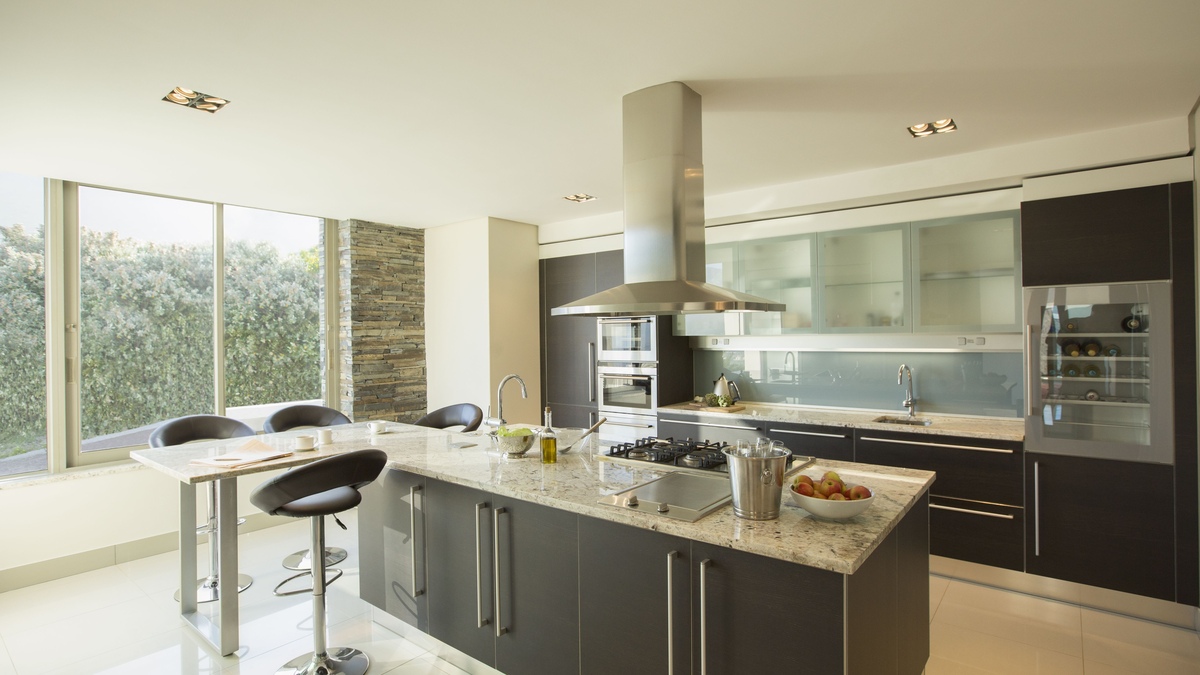
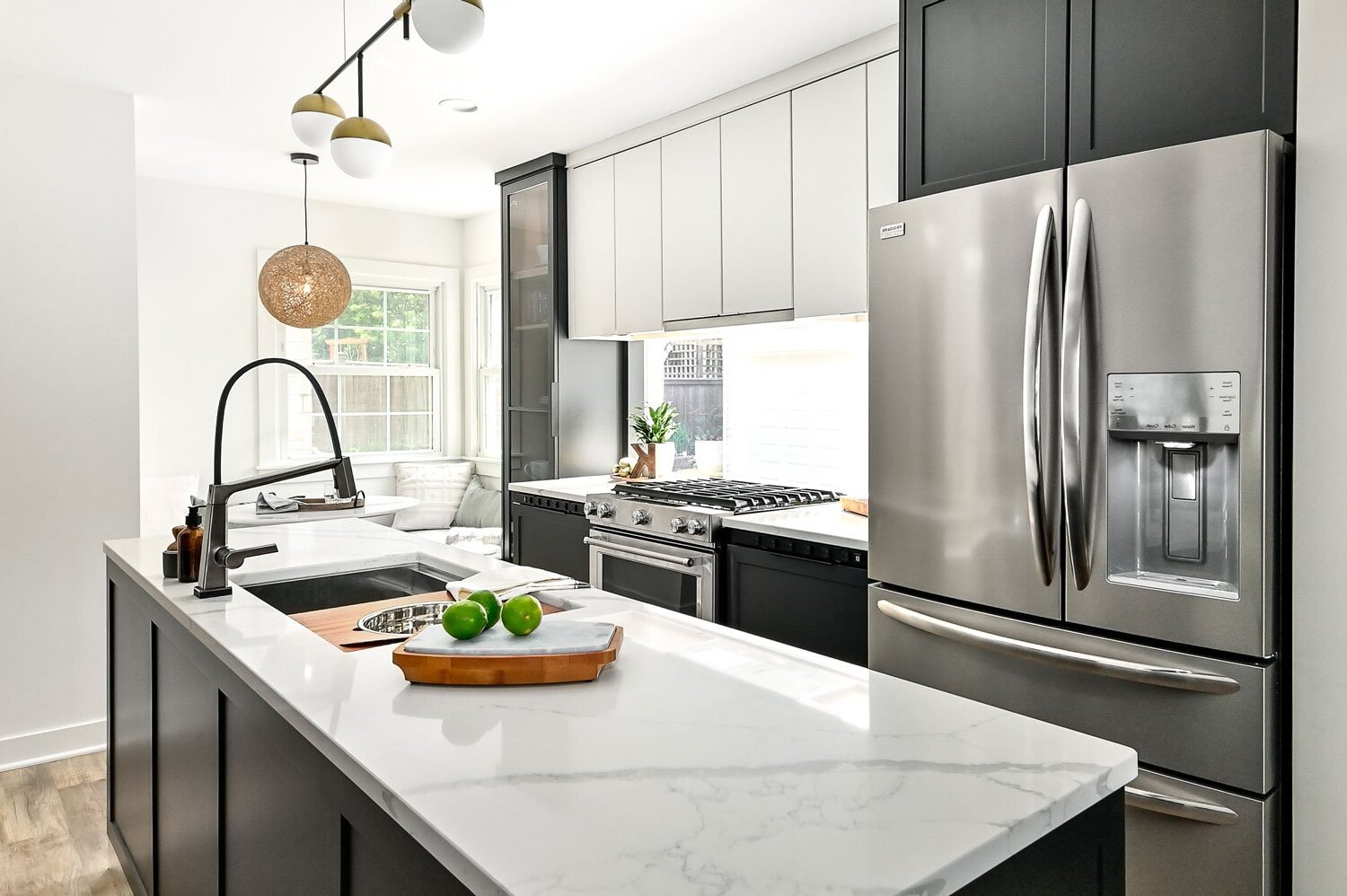
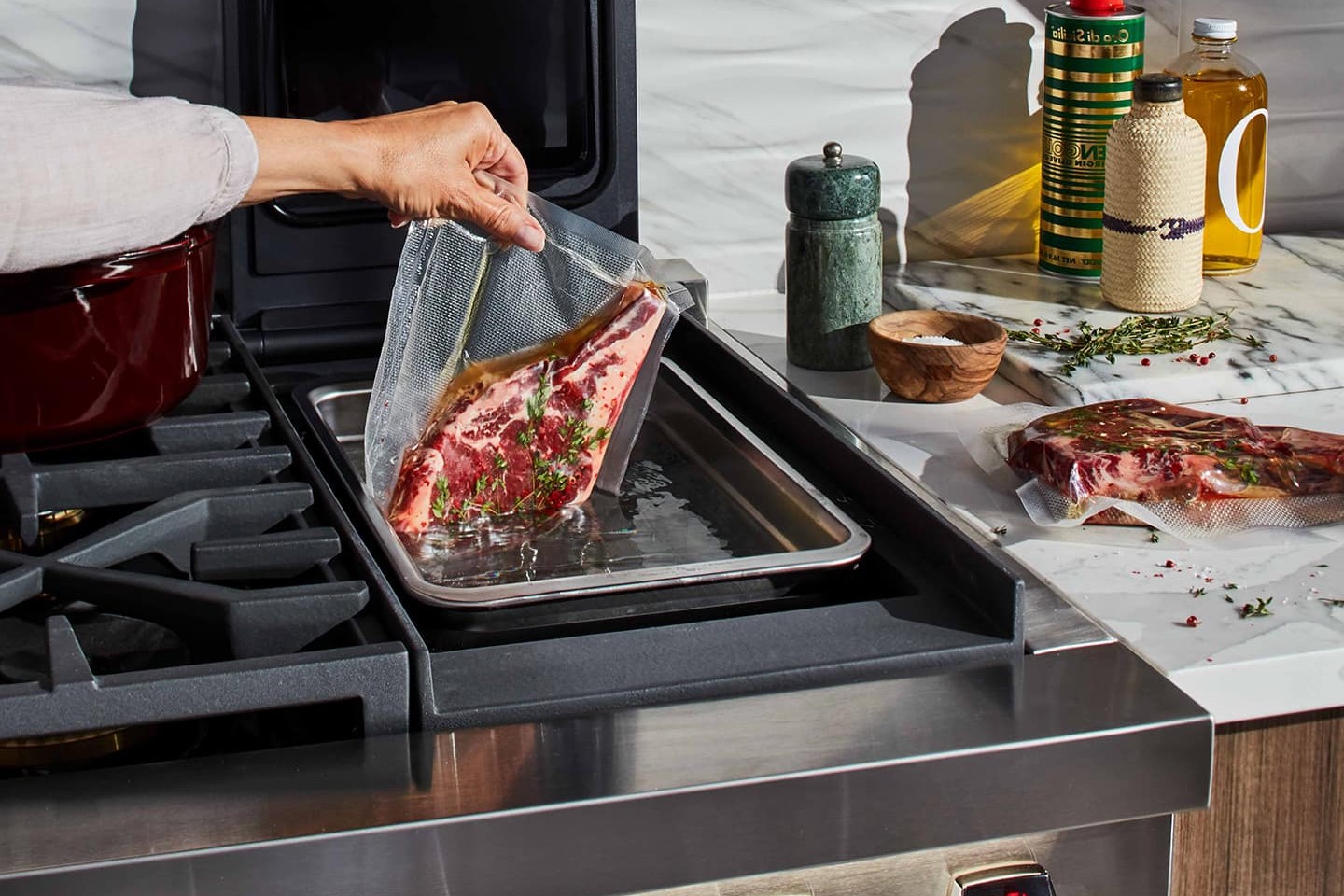

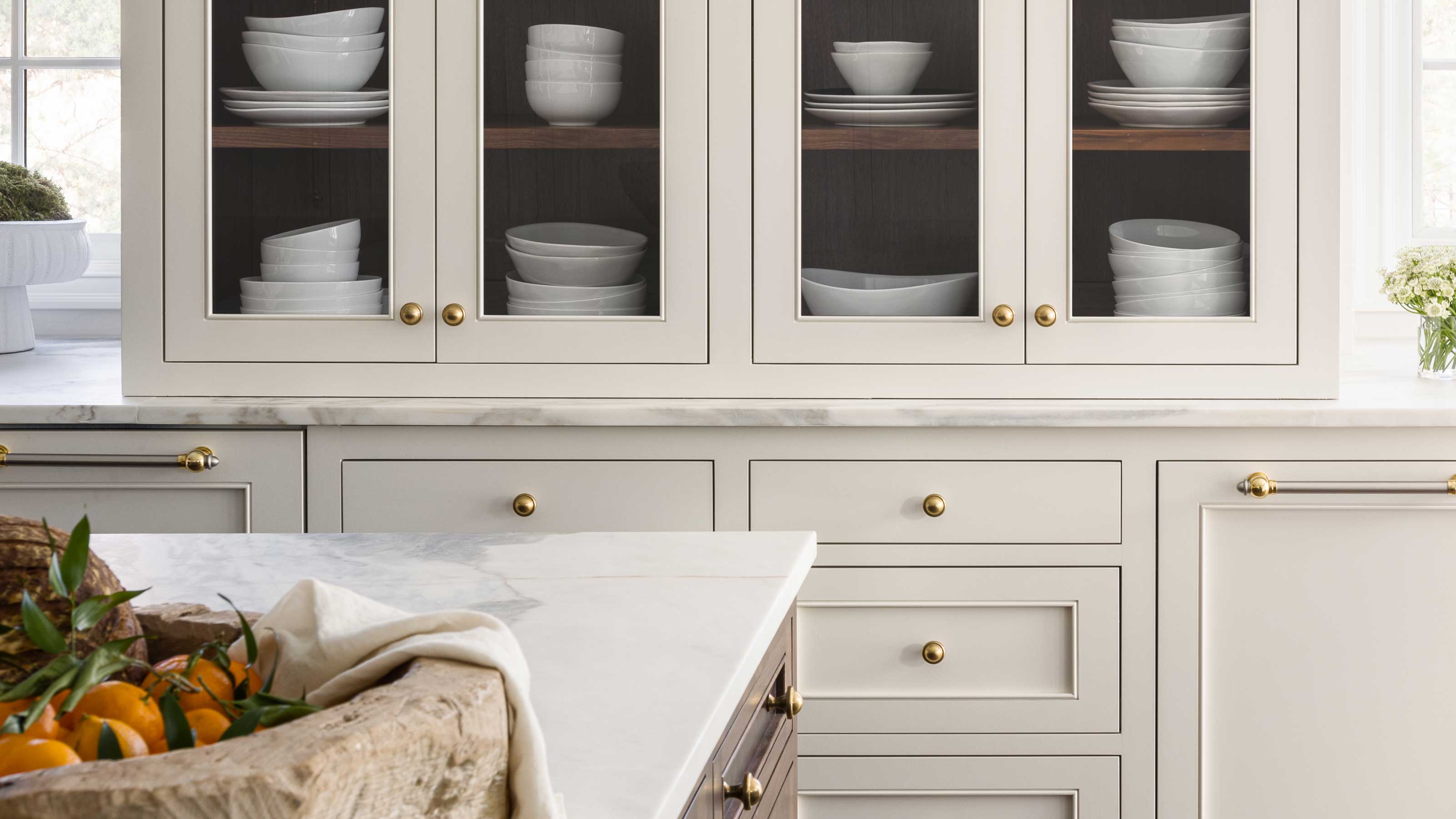


0 thoughts on “Can A Kitchen Island Have A Different Countertop?”